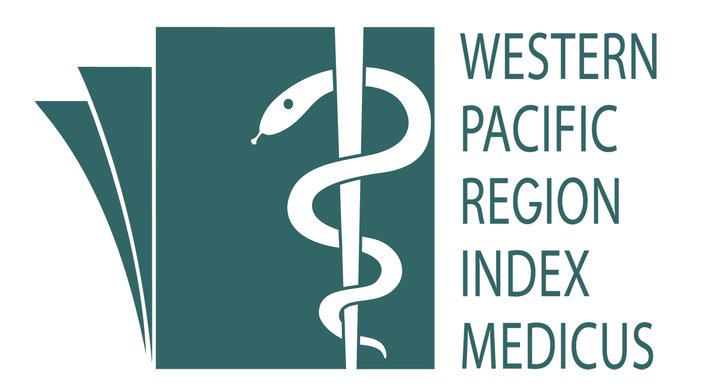How likely does the Microenvironnmental Interaction at a Pesticide-Treated Farming Village could Potentially Affect Their Community through Dermal Pathway in a Developing Country, Malaysia?
Keywords:
Dermal exposure, Microenvironment interaction, Pesticide, Children and adultAbstract
Objective: The study aims to determine the potential pesticide dermal contamination among the agricultural community by observing the microenvironmental interaction between farm children and adult farmer.
Methods: The total amount of pesticide retained on the skin was first quantified by using the modified fluorescent tracer technique. This is followed by estimating the dermal absorbed doses (DAD) through soil and water medium in children and adult. The different exposure pathways and biological vulnerability to pesticides were observed in this study.
Results: Results showed a relatively higher dermal contamination (DADsoil/water) among children compared to the adult. When the 24- hour’s timeline activity in the agricultural community was established, finding showed a greater extent of interaction between human and its environment.
Conclusion: The daily activities and behaviors practiced by the agricultural community were among the contributing factors which help to highlight the pesticide dermal contamination pathway in the farming village. Therefore, this study suggests that occupational and environmental exposure to pesticides through dermal pathway may contaminate both the adult and children in the agricultural community.Â
Published
How to Cite
Issue
Section
License
IJPHR applies the Creative Commons Attribution (CC BY) license to articles and other works we publish. If you submit your paper for publication by IJPHR, you agree to have the CC BY license applied to your work. Under this Open Access license, you as the author agree that anyone can reuse your article in whole or part for any purpose, for free, even for commercial purposes. Anyone may copy, distribute, or reuse the content as long as the author and original source are properly cited. This facilitates freedom in re-use and also ensures that IJPHR content can be mined without barriers for the needs of research.






